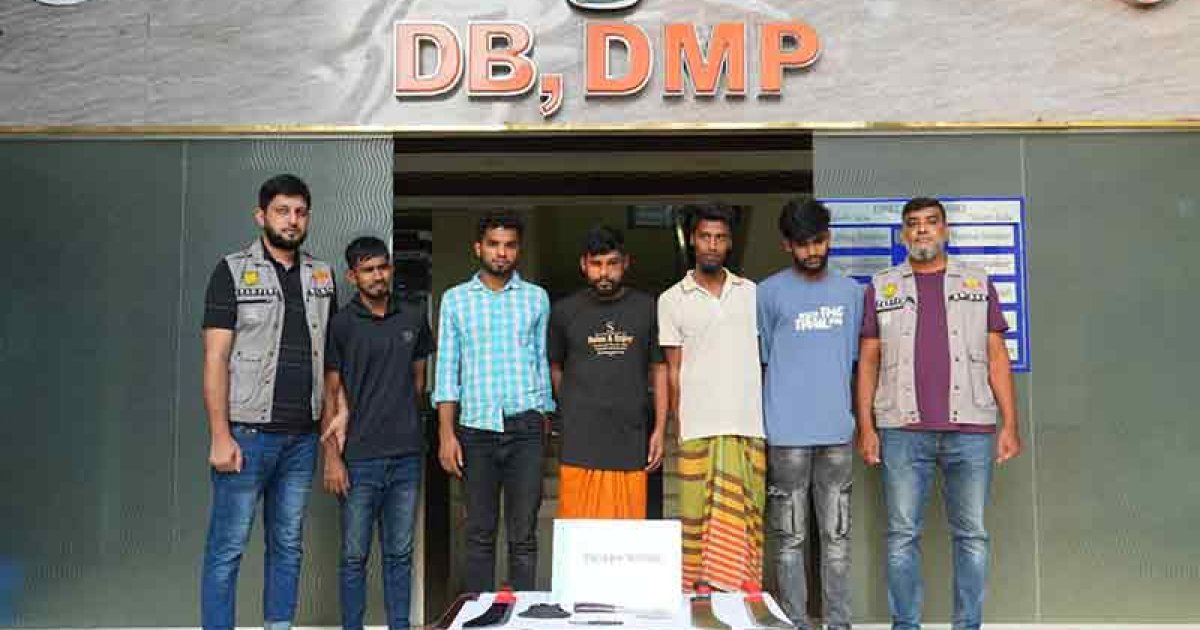Bitcoin Mining Difficulty Reaches Astonishing New High
The post Bitcoin Mining Difficulty Reaches Astonishing New High appeared on BitcoinEthereumNews.com. Get ready for a significant milestone in the world of digital currency! The Bitcoin mining difficulty has just hit an all-time high, a move that has important implications for everyone involved in the network, from individual miners to large-scale operations and even those who simply hold Bitcoin. What is Bitcoin Mining Difficulty, Anyway? Let’s break down what mining difficulty actually means in the context of Bitcoin. Think of it as a self-adjusting mechanism built into the Bitcoin protocol. Its primary job is to ensure that blocks are mined (added to the blockchain) at a relatively consistent pace, specifically, about every 10 minutes. Here’s how it works: Miners use powerful computers (hardware) to solve complex computational problems. The first miner to solve the problem for a block gets to add it to the blockchain and receives a reward (newly minted Bitcoin plus transaction fees). The ‘difficulty’ is a measure of how hard it is to solve that problem. The network automatically adjusts this difficulty every 2016 blocks, which is roughly every two weeks. This adjustment is based on how quickly the previous 2016 blocks were found. If blocks were found faster than the 10-minute target (meaning more computing power, or hash rate, joined the network), the difficulty increases. If blocks were found slower (less hash rate), the difficulty decreases. The Latest Spike: Bitcoin Mining Difficulty Soars According to data from CloverPool, the Bitcoin mining difficulty saw a notable increase, rising by 4.38%. This adjustment occurred around 00:01 UTC on May 31 at block height 899,136, pushing the difficulty metric to a new peak of 126.98 T. This isn’t just a small step; it marks a new Bitcoin ATH (All-Time High) for this specific network parameter. This increase signifies that the overall computing power dedicated to securing the Bitcoin network (the hash…

The post Bitcoin Mining Difficulty Reaches Astonishing New High appeared on BitcoinEthereumNews.com.
Get ready for a significant milestone in the world of digital currency! The Bitcoin mining difficulty has just hit an all-time high, a move that has important implications for everyone involved in the network, from individual miners to large-scale operations and even those who simply hold Bitcoin. What is Bitcoin Mining Difficulty, Anyway? Let’s break down what mining difficulty actually means in the context of Bitcoin. Think of it as a self-adjusting mechanism built into the Bitcoin protocol. Its primary job is to ensure that blocks are mined (added to the blockchain) at a relatively consistent pace, specifically, about every 10 minutes. Here’s how it works: Miners use powerful computers (hardware) to solve complex computational problems. The first miner to solve the problem for a block gets to add it to the blockchain and receives a reward (newly minted Bitcoin plus transaction fees). The ‘difficulty’ is a measure of how hard it is to solve that problem. The network automatically adjusts this difficulty every 2016 blocks, which is roughly every two weeks. This adjustment is based on how quickly the previous 2016 blocks were found. If blocks were found faster than the 10-minute target (meaning more computing power, or hash rate, joined the network), the difficulty increases. If blocks were found slower (less hash rate), the difficulty decreases. The Latest Spike: Bitcoin Mining Difficulty Soars According to data from CloverPool, the Bitcoin mining difficulty saw a notable increase, rising by 4.38%. This adjustment occurred around 00:01 UTC on May 31 at block height 899,136, pushing the difficulty metric to a new peak of 126.98 T. This isn’t just a small step; it marks a new Bitcoin ATH (All-Time High) for this specific network parameter. This increase signifies that the overall computing power dedicated to securing the Bitcoin network (the hash…
What's Your Reaction?







































